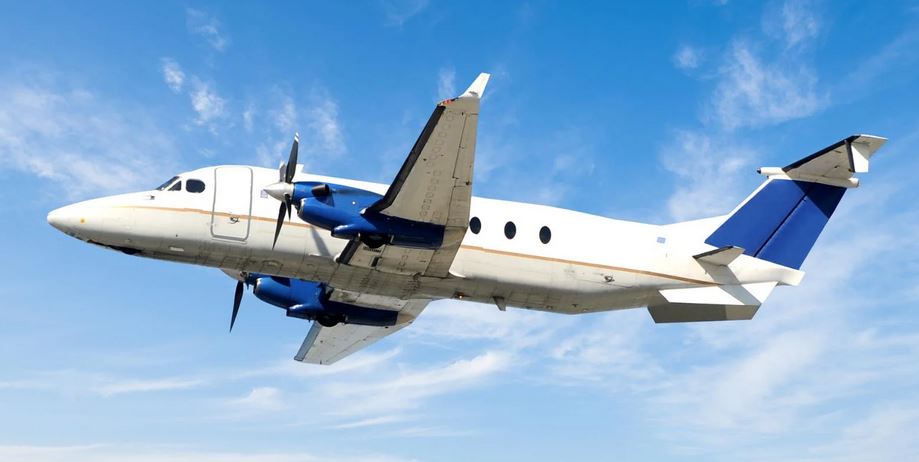
In a new report just published by Roland Berger the company reports “Rapid innovation and a growing need for greener travel are beginning to reshape regional flight. The advanced air mobility market now ranges from small unmanned aerial vehicles to regional aircraft for 19 passengers or more. Use cases include chartered trips, cargo transport, feeder flights to major hubs or trial periods for new routes.”
Increasingly, regional flight the company reports “is also being seen as a testing ground for sustainable technologies. Research and development of alternative aircraft propulsions has been ongoing for the last two decades. Most focus on either electric or hybrid systems. Fully electric propulsion is best suited to the short-distance UAM and RAM markets; hydrogen propulsion offers greater range but is only being explored by a small number of projects due to current technological limitations of fuel cells and batteries.
“A closer look at the number of projects in each sector shows that RAM long-distance dominates, with 35% of all projects focusing on aircraft for ranges of more than 300km and fewer than 19 passengers. This is extremely surprising as the vast majority of funding, particularly in 2021, went to projects looking at either the UAM or short-distance RAM sectors.
“At first glance, the level of investment and innovation in the market may seem surprising. RAM has a minor role in the global aviation market: in 2018, which we selected as a representative pre-Covid-19 year, short-distance air travel of less than 400km accounted for just 2% of the global offered transport capacity.
“So, what lies behind the recent growth in projects and investment in the RAM market?
“While its market share may be small, this still equates to significant passenger and revenue volumes. In 2016, more than 900 million passengers travelled on scheduled flights of less than 800km. In the same year, revenue for flights of less than 400km totalled USD 29 billion, with flights of less than 800km making up USD 116 billion.
“Crucially, short-distance flights are also well suited to testing new technologies like electric, hydrogen and hybrid propulsion. The latter is particularly significant for the wider aviation market. Hydrogen propulsion for regional applications could deliver ranges of 2,000km-plus, which would cover 70% of all transport capacity from, to and within Europe.
“We have identified three potential trajectories for the RAM market, which vary according to the development of the macroeconomic environment. This will depend heavily on whether the industry can drive down costs. Succeed and RAM (short- and long-distance) can become a mass-market form of mobility; fail and it will remain a niche option at a premium price for those seeking greater convenience, comfort or even sustainability.”
Download report here https://lnkd.in/ej3ux6EH
For more information
(Image: Roland Berger)

